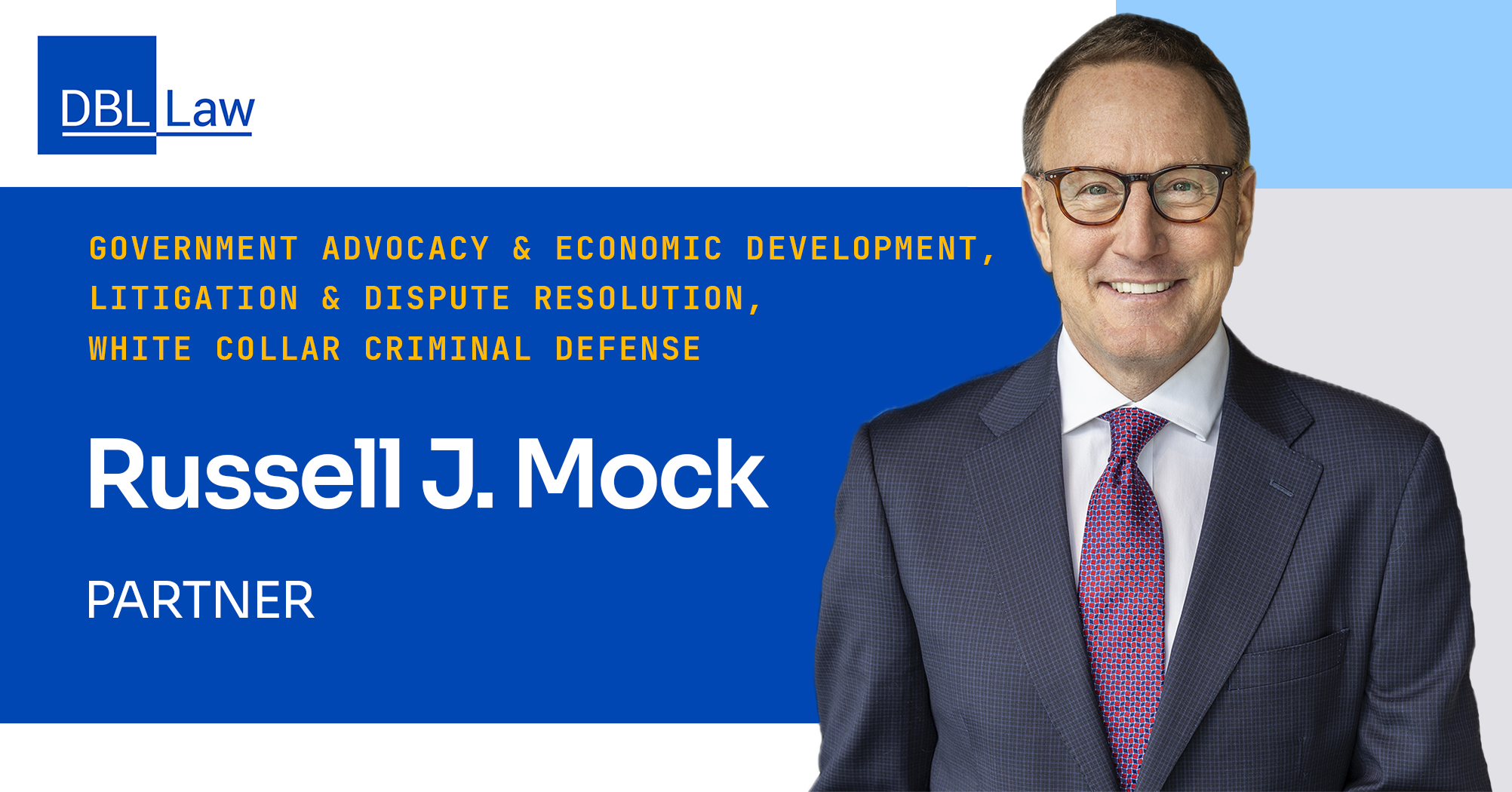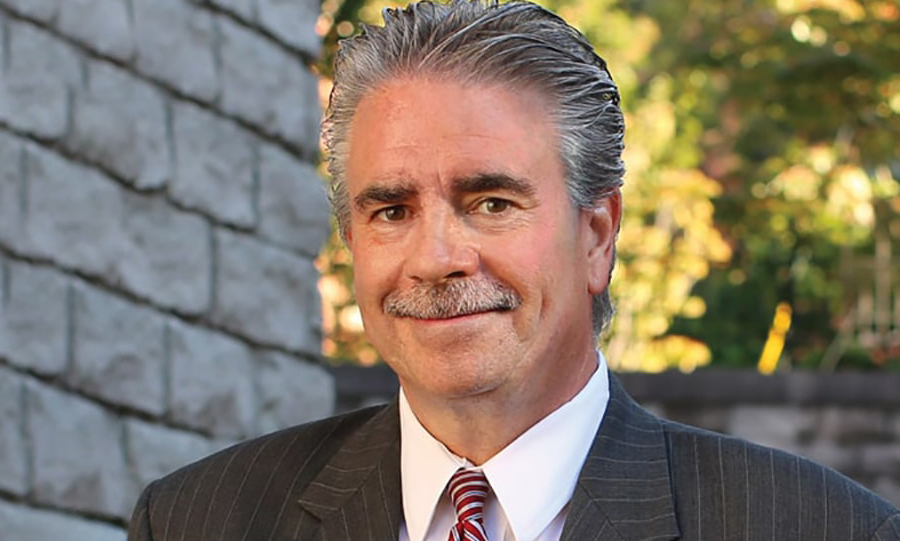Generational diversity in the workplace is emerging as a key issue faced by employers as millennials continue to enter the workforce in ever-increasing numbers. Millennials, defined as those between the ages of 18 and 34 in 2015, are projected to number 75.3 million in the United States alone and are on track to become the majority of the workforce in 2015. According to U.S. Census population projections, millennials will surpass baby boomers as the largest living generation sometime this year. Given this growth, it is imperative that employers are prepared to understand the values important to millennials and how these fit into the workplace.
Generally, traits common to the millennial generation include that they are confident, well-educated, self-sufficient, enjoy working in team environments, and are socially and politically conscious. The most tech-savvy generation, millennials seek a work-life balance and real-time services and solutions to make communication and daily tasks as efficient as possible. Baby boomers, now the leaders of many companies, are considered idealistic and generally want to believe in the mission of their employer. They prefer face-to-face communications and more formal communication with co-workers. Boomer bosses like to have at least one meeting each week with employees, while millennials are content with electronic communication alone.
The question becomes, how can employers create generational harmony in the workplace? Employers are advised to attempt to understand all the different generational groups which make up their workforce. Employers may need to make some changes in order to retain millennials and adapt to their style of working and living. Particularly, employers should demonstrate to millennials the stability of an organization and show how the organization is flexible and filled with learning opportunities. Millennials seek openness and transparency. Employers should provide work schedules that help millennials build careers and families at the same time. Making groups and teams part of the job should be prioritized.
Another key part of the equation is helping each generation in the workplace form a cohesive team. Employers may want to provide training on the topic of generational diversity. Employees can be encouraged to think about one another in terms of values, asking questions such as what shapes you and what shapes others. Understanding how we are influenced by things like families, relationships, technology, national events, and society’s expectations can help employees work together across generational lines. Employers are encouraged to take a two-prong approach: (1) understanding the expectations of millennials and what can be done to retain this generation; and (2) helping all generations in the workforce understand one another in order to facilitate communication and teamwork.
Katie Cassidy Tranter is an attorney in the law firm of Dressman Benzinger LaVelle, with offices in Cincinnati, Ohio, Crestview Hills, Kentucky, and Louisville, Kentucky.




